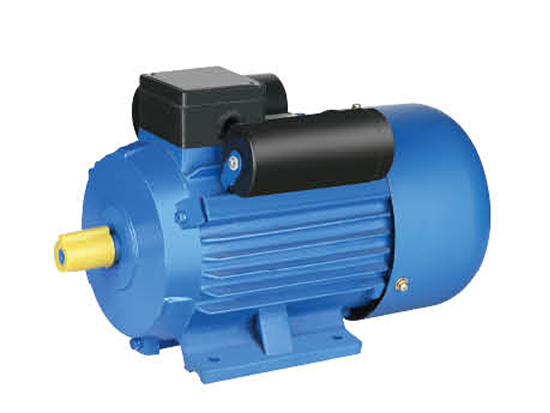The
three phase motor is an electrical device that converts electricity into usable mechanical energy. It consists of a stator and rotor.
The rotor is made to rotate by the action of magnetic forces. These forces are produced by the current passing through the stator windings, which creates a magnetic field. The combined force of all the rotor conductors, which experience this magnetic field, results in a torque that drives the rotor.
Three-phase electric motors are more efficient in the transmission of electricity than single-phase ac motors and can transmit bigger volume of electrical power for less cost. They are also more reliable and durable.

There are two main types of 3-phase motors: squirrel cage and slip ring.
A squirrel cage type consists of a cylindrical laminated core rotor with slots on the external periphery. These rotors contain insulated windings inside them. The rotor windings are connected to the external circuit via brushes on the sliprings mounted on the shaft.
Squirrel cage motors are generally much more rugged and robust than slip ring types. These motors are typically rated for larger horsepower and use a higher starting torque.
These motors are also usually more efficient than other types of AC induction motors. They are especially useful for applications where a large amount of current is needed at high voltage.
Every large motor requires a control circuit to turn it on and off. This may be as simple as a single on/off drum-type switch or as elaborate as a variable frequency drive (VFD) unit. These controls must be designed to isolate the operator as far from the dangerous voltages as possible.
